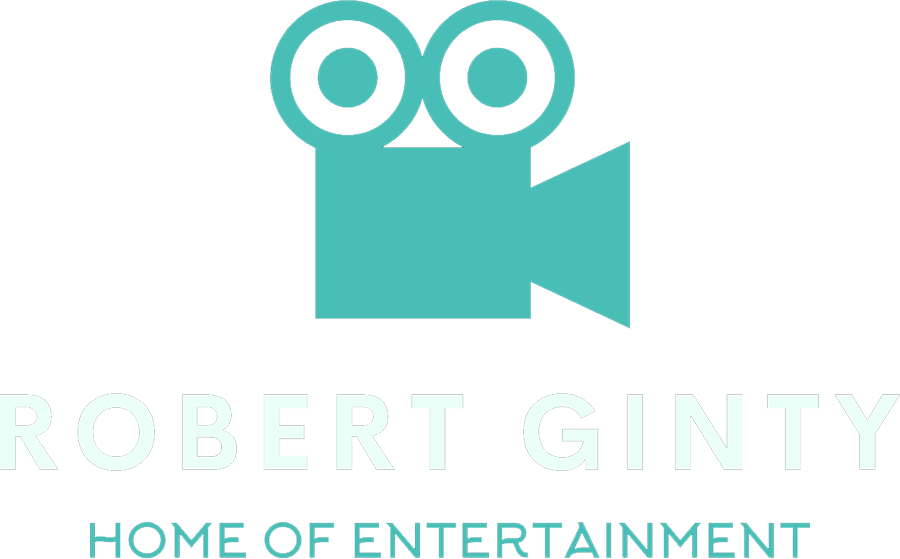Introduction
Film editing is a crucial aspect of the filmmaking process that often goes unnoticed by the general audience. However, it plays a significant role in shaping a film’s narrative, pace, and emotional impact. In this comprehensive guide, we will explore the art of film editing from different perspectives, discussing techniques, principles, and the creative decisions behind this intricate craft.
The Importance of Film Editing
Film editing is often referred to as the “invisible art” because when it’s done well, it seamlessly blends different shots and scenes together, creating a cohesive and engaging story. It enhances performances, sets the rhythm, and ensures the story unfolds in a compelling manner. Effective editing can evoke emotions, build suspense, and even change the way the audience perceives a scene or character.
Understanding the Editing Process
Editing is not just about assembling shots; it involves meticulous decision-making. The editor works closely with the director to understand the vision for the film, the intended tone, and the desired impact on the audience. They carefully select the best takes, arrange them in a logical order, and determine the timing and duration of each shot. Subtle adjustments to pacing, transitions, and visual effects are made to enhance the desired emotional effect.
Types of Cuts
Cut: The most basic type of edit, where one shot is instantly replaced by another.
Jump Cut: A deliberate cut that creates a jarring effect by removing a portion of a continuous action.
Match Cut: A cut that creates a visual or conceptual connection between two shots, using similar shapes, actions, or movements.
Crosscutting (Parallel Editing): Alternating between two or more actions happening simultaneously to build tension or suggest a relationship.
Continuity Editing
Continuity editing is the most common editing style, ensuring smooth and logical transitions between shots. Its primary goal is to maintain the illusion of a seamless scene, allowing the audience to focus on the story rather than the editing itself. Techniques such as the 180-degree rule, matching eyeline, and shot-reverse-shot are employed to create visual coherence and avoid visual disorientation.
Rhythm and Pace
Editing strongly influences the rhythm and pace of a film. Through the manipulation of shot duration and montage, the editor can dictate the speed at which the story unfolds. Rapid cuts in action sequences may create excitement and tension, while longer shots in dramatic scenes can allow for emotional depth and reflection. The choice of when to cut and when to hold a shot is vital in determining the overall pacing and rhythm of a film.
Montage and the Power of Association
Montage is the technique of combining multiple shots or images to convey meaning that transcends what individual shots represent. It can compress time, convey emotions, or provide information in a condensed manner. Montage sequences can effectively convey character development, illustrate the passage of time, or provoke an emotional response in the audience.
The Role of Sound in Editing
Sound plays a crucial role in film editing. Dialogue, sound effects, and music are carefully integrated to enhance the visual storytelling and evoke specific emotions. By combining different sounds, manipulating their volume, and syncing them with the visuals, editors can create a more immersive experience for the audience.
Collaboration and Communication
Film editing is often a collaborative process, involving close communication between the editor, director, and other members of the creative team. It requires a shared understanding of the film’s goals and a clear vision for its overall structure. Feedback and revisions are essential to fine-tuning the final product and achieving the desired impact on the audience.
Conclusion
The art of film editing is a powerful tool in the hands of skilled professionals. It shapes the way stories are told, emotions are conveyed, and audiences are captivated. Through a deep understanding of the editing process, techniques, and principles, editors can craft compelling narratives that leave a lasting impression. Whether subtle or bold, editing choices have the ability to transcend the screen and immerse viewers in the magic of cinema.

